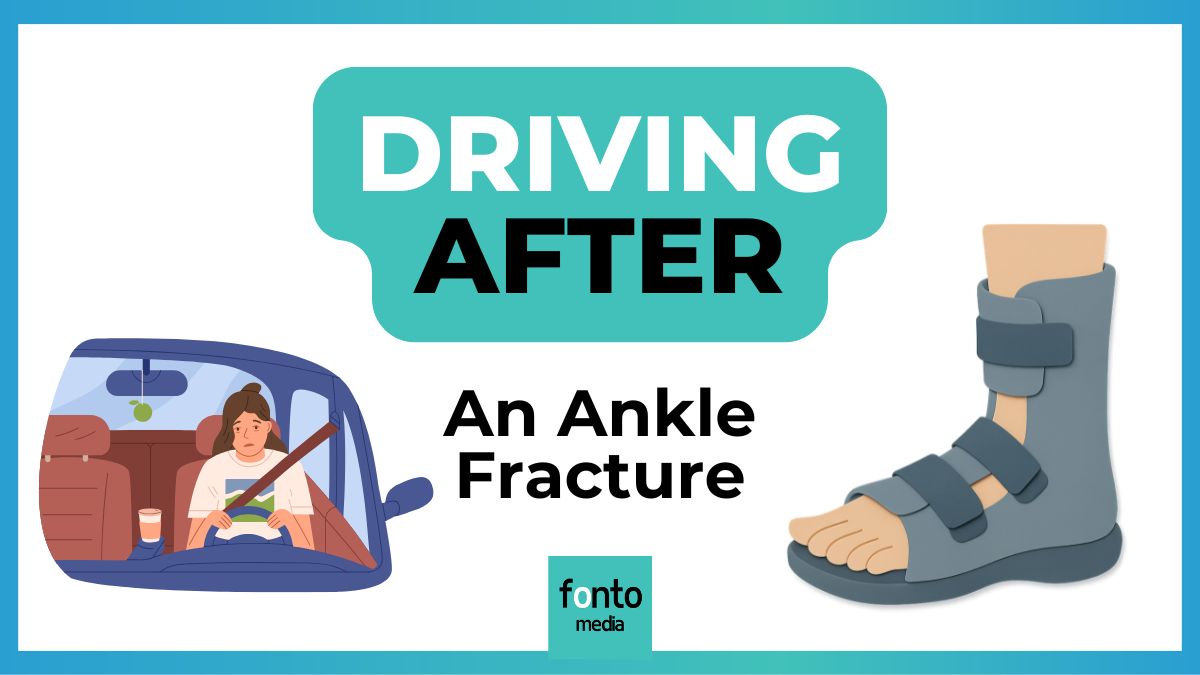Trigger points have fascinated—and confused—manual therapists for decades. Some clients respond immediately to hands-on release work, while others need repeated sessions before change becomes noticeable. Some trigger points seem to melt away under skilled touch, and others come roaring back the moment a client returns to their daily stressors or poor movement habits.
Traditional explanations for trigger points have focused on local tissue dysfunction: contracted sarcomeres, dysfunctional motor end plates, impaired blood flow, and biochemical changes within the affected region. While this mechanical model certainly explains part of the picture, it cannot account for all of the clinical realities that therapists witness every day.
This is where the Neuroplastic Trigger Point Hypothesis offers a compelling and more complete perspective. Instead of viewing trigger points simply as local muscle knots, this hypothesis suggests that the central nervous system (CNS) plays a significant role in the formation, persistence, and recurrence of trigger points. In other words, trigger points are not only a tissue problem—they are also a neural learning problem.
And when we understand them this way, our treatment strategies become far more powerful.
What Does “Neuroplastic” Mean in This Context?
Neuroplasticity refers to the brain and nervous system’s ability to change, adapt, and reorganize based on experience. It is the same process that helps us learn a skill, recover from injury, or reinforce habits and movement patterns.
The Neuroplastic Trigger Point Hypothesis applies this concept to muscle pain and dysfunction. It suggests that trigger points can be maintained not only by local tissue irritation but also by changes in how the brain maps, controls, and perceives specific muscles.
Think of it this way:
A trigger point is not just something in the muscle.
It is also something the nervous system has learned.
This is why a client’s lifestyle, posture, emotional state, movement habits, and history of injury can all influence trigger points so profoundly.
Why Traditional “Purely Mechanical” Explanations Fall Short
Local theories of trigger points are helpful but incomplete. They explain the micro-level events in the muscle—ischemia, metabolic crisis, spontaneous electrical activity—but they do not fully explain:
-
why trigger points often recur in the same pattern
-
why different clients respond differently to identical treatments
-
why stress instantly worsens trigger point symptoms
-
why movement retraining dramatically reduces recurrence
-
why emotional states can increase irritability
-
why some clients have multiple widespread trigger points despite minimal local injury
The neuroplastic model doesn’t replace the mechanical one.
It adds the missing half of the equation.
The Neuroplastic Trigger Point Hypothesis Explained
At its core, the hypothesis proposes that:
-
Trigger points form due to local tissue overload or irritation, and simultaneously
-
The nervous system changes how it controls the affected region, reinforcing the trigger point through altered motor patterns, heightened sensitivity, and protective reflexes.
Over time, the CNS becomes better at producing that pattern—much like practicing a movement. This can lead to:
-
increased muscle tone
-
protective guarding
-
altered recruitment of surrounding muscles
-
amplified pain sensitivity (central sensitization)
-
decreased inhibition from the cortex
-
changes in how the brain’s body map perceives the region
In other words, the trigger point becomes a learned neuromuscular habit.
Metaphor: The Stuck Piano Key
Imagine a piano. Most keys strike cleanly. But one key—let’s say the “G” key—gets stuck.
The more it sticks, the more the player taps it.
The more it’s tapped, the deeper it wedges itself into the problem.
Eventually, the piano player anticipates the sticking and changes the way they play.
A trigger point is like that stuck piano key:
Originally a local mechanical issue…
Eventually a pattern reinforced by its own history.
Trigger Points as Protective Strategies, Not Mistakes
The neuroplastic model reframes trigger points as protective adaptations, not malfunctions. When a muscle is overloaded, underused, or working in poor alignment, the brain attempts to splint or stabilize the region. Increased tone and localized guarding are part of that protective strategy.
Over time, this protective contraction becomes habitual, even if the original threat is gone.
Examples include:
-
repetitive desk posture
-
chronic stress or bracing
-
athletic overuse
-
guarding after pain or injury
-
compensatory patterns in movement
The nervous system “locks in” a certain level of hypertonicity and changes the muscle’s resting state. Even if you treat the muscle locally, the CNS may continue to reinforce the pattern until retrained.
Implications for Massage & Manual Therapy
This is where manual therapists shine.
The Neuroplastic Trigger Point Hypothesis suggests that hands-on treatment works not only by mechanically releasing tissue but also by retraining the nervous system.
Massage and manual therapy influence:
-
nociceptive (pain) signalling
-
proprioceptive input
-
tone regulation via the spinal cord and brainstem
-
cortical representation of the muscle
-
emotional and autonomic responses
-
parasympathetic activation (rest-and-digest)
When touch is applied with precision, intention, and appropriate pressure, the nervous system gets the message:
“It’s safe to let this area soften.”
Manual therapy therefore becomes a neuromuscular education tool—not just soft tissue manipulation.
Trigger Point Therapy Through a Neuroplastic Lens
Trigger point therapy directly stimulates:
-
sensory receptors
-
mechanoreceptors
-
nociceptors
-
muscle spindles
-
the Golgi tendon organ
-
cortical motor maps
This sensory bombardment helps “reset” the muscle by altering central processing. This is why trigger point therapy often produces immediate, noticeable relief even before the tissue has had time to remodel.
But lasting change requires pairing hands-on work with:
The combination reinforces new neural patterns.
The Role of Rehabilitation Professionals
Because trigger points are partly a CNS phenomenon, rehab professionals play a vital role in correcting the movement patterns that keep trigger points alive.
Physiotherapists, osteopaths, chiropractors, athletic trainers, and exercise professionals contribute by:
-
restoring joint mechanics
-
building balanced strength
-
retraining movement sequencing
-
addressing breathing patterns
-
reducing repetitive strain
-
improving load tolerance
In a neuroplastic framework, movement is medicine.
It tells the brain:
“This is the new way we use this muscle.”
Stress, Emotion, and the Autonomic Nervous System
Trigger points often flare during periods of:
-
anxiety
-
lack of sleep
-
emotional strain
-
deadline pressure
The sympathetic nervous system (fight-or-flight) increases global muscle tone and heightens pain sensitivity. The neuroplastic hypothesis explains why psychological stress can worsen physical pain: the CNS is amplifying protective signals.
This is why clients who receive massage often report improvements beyond pain relief—better sleep, relaxation, easier breathing, and reduced rumination.
Manual therapy doesn’t just treat the muscle; it helps regulate the organism.
Why This Hypothesis Matters for Therapists
The Neuroplastic Trigger Point Hypothesis:
-
validates what manual therapists have observed clinically for decades
-
integrates beautifully with modern pain science
-
helps therapists explain trigger points more clearly to clients
-
supports the use of hands-on therapy as part of a multidisciplinary model
-
highlights the importance of movement retraining
-
makes sense of stress-related flare-ups
-
provides a rationale for long-term management strategies
It also confirms something intuitively obvious:
Trigger points are more than lumps in a muscle.
They are patterns the nervous system continues to repeat.
Learn More: Deepen Your Expertise with the NAT Trigger Point Therapy Course Catalogue
For therapists who want to take a deeper dive into the science, theory, and hands-on application of trigger point therapy—including neuroplastic mechanisms—Niel Asher Education offers a comprehensive library of practitioner-focused training.
The NAT Trigger Point Therapy Course Catalogue includes a wide range of courses designed for massage therapists, manual therapists, physiotherapists, athletic trainers, rehabilitation professionals, and anyone who wants to work more effectively with chronic pain, soft-tissue dysfunction, neuromuscular imbalance, and movement-related disorders.
These courses explore:
-
advanced trigger point maps and referral patterns
-
neuroplastic mechanisms and modern pain science
-
hands-on demonstration videos with clear, repeatable sequences
-
functional anatomy and movement integration
-
assessment, differential diagnosis, and clinical reasoning
-
safe, effective, evidence-informed treatment protocols
-
real-world case applications for every region of the body
From foundational programs to advanced regional specializations, the NAT Trigger Point Therapy catalogue offers therapists a complete path of development—whether you’re new to trigger point work or ready to refine and elevate your clinical skills.
Explore the full catalogue here:
https://nielasher.com/collections/nat-trigger-point-therapy-courses










